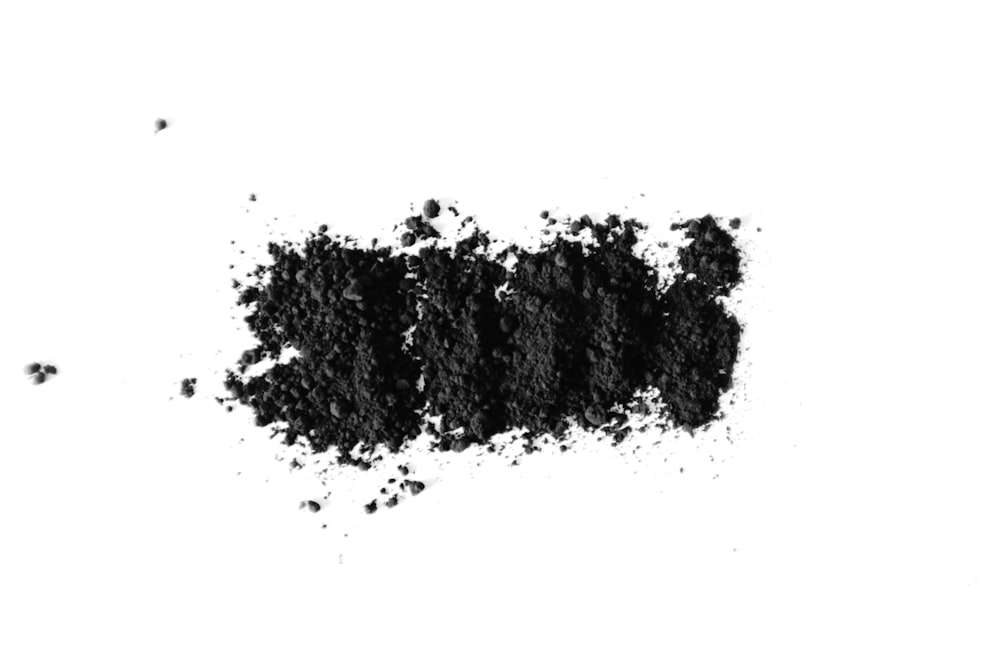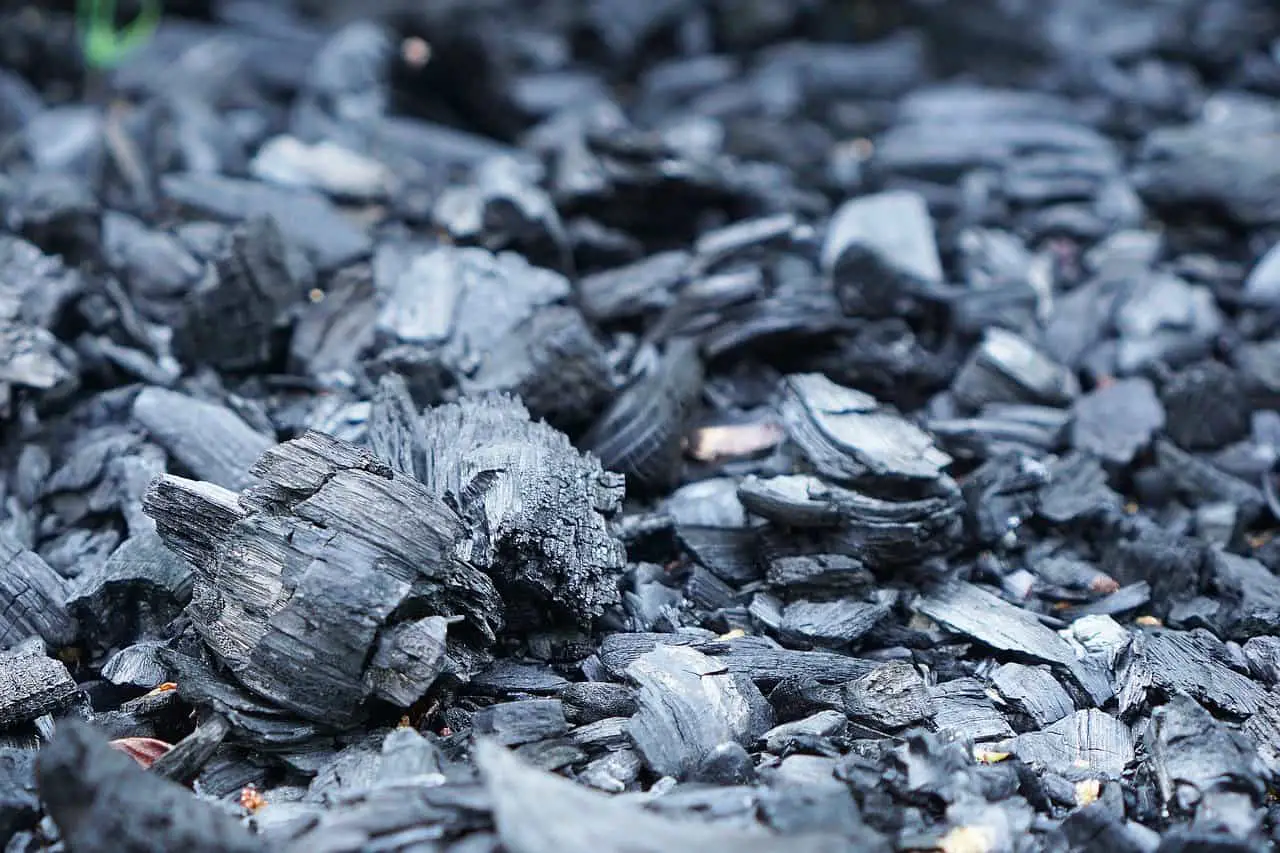You’ve probably heard of activated charcoal since, a buzzword in health circles, it seems to be the new wonder product, promising to detox your digestive system, polish your teeth, and so much more.
The companies that produce charcoal purifying bags use activated carbon that helps to clean the air in your home.
Do charcoal purifying bags work? Yes, charcoal purifying bags work in closed spaces like a shoe closet or a car. However, there are limitations to what a bag of charcoal can achieve. Charcoal purifying bags are not as likely to work in open, unsealed spaces or larger rooms in your home.
At the same time, there are many reasons to choose a charcoal bag over other deodorizers, including air fresheners.
To help you decide if your home would benefit from charcoal purifying bags, we’ll guide you through what you need to know about how they work.
What Does a Charcoal Purifying Bag Do?
If you’re wondering what a charcoal purifying bag could be, it’s all right there in the name. It’s a bag, often made from hipster hemp or unbleached cotton, that contains either activated charcoal or bamboo charcoal.
You can use charcoal purifying bags to deodorize your fridge or freezer, gym locker, car, compost, or pet’s sleeping area. The deodorizing qualities of these bags come from the unique properties of the charcoal inside.
The charcoal inside your purifying bag is not merely overpriced briquettes from your barbecue. Instead, it’s an extremely porous substance intended to attract and trap moisture, odors, and harmful chemicals from the air around it.
What is Activated Charcoal?
In simple terms, activated charcoal is specially treated charcoal with a very porous lattice structure (source). This treatment involves first heating the carbon in the absence of oxygen, then treating it with oxygen at high heat (source).
Activated charcoal is a specific kind of activated carbon made of charcoal. Other types of carbon, such as coal or coke, can also be used to create different forms of activated carbon. The idea is the same, no matter the starting point.
The treatment that “activates” the charcoal vastly increases its surface area, which gives it a very high adsorption rate. “Adsorption,” not to be confused with absorption, refers to the adhesion of atoms, ions, or molecules from a gas, liquid, or dissolved solid to a surface.
What this means for your home is that activated charcoal may be able to attract and trap unwanted pollutants or gases in the air inside your home, leaving it fresher and healthier.
Activated carbon, of which charcoal is one kind, is the most commonly used adsorbent for waste gas and wastewater treatment.
It is used in many industrial processes that require purification, such as metal extraction, sewage treatment, air and water purification, and to make the filters in respirator masks (source).
You can also use it to help rehabilitate streams and lakes after an industrial spill. You may also be familiar with the use of activated charcoal to treat people for poison or drug overdoses.
Activated charcoal is also available off the shelf in pharmacies and health shops, where many make claims about its health benefits, including its use for diarrhea and indigestion. However, there is little or no scientific evidence to support these claims (source).
What is Bamboo Charcoal?
Bamboo charcoal is charcoal made from burning bamboo at very high temperatures. It can be made either from raw bamboo or compressed sawdust, also called briquettes (source).
Bamboo charcoal shares many of the properties that make activated charcoal useful: the bamboo is very porous and adsorbs other molecules effectively.
These characteristics have contributed to the long history of bamboo charcoal usage in ancient Asia. Ancient Asian civilizations used bamboo charcoal as fuel, a dehumidifying agent, and a deodorizer.
Essentially, it was the ancient version of activated carbon.
Some sources even claim that bamboo charcoal prepared at very high temperatures can have higher adsorption rates than commercially available activated charcoal (source).
Air Pollution in the House
You’re probably a little weary of hearing about how badly human activities are affecting the air around us. From heavy industry and mining to traffic, we are pumping pollutants into the atmosphere at a frightening rate.
As of 2012, the World Health Organisation declared that air pollution is the most massive threat to human health, causing over seven million premature deaths every year (source).
But what you might not have realized is how dirty the air in your house can be. Of course, polluted air from outside passes quickly into your home, especially in dense urban environments or near areas of heavy industry.
Living in urban areas or around heavy industry might mean that you are exposed to harmful chemicals, particulate matter, and other pollutants from outside, even when you’re sitting on your couch.
Unfortunately, the risks don’t stop there. Your house itself can be a source of harmful polluted air.
According to the Environmental Protection Agency, most people spend the vast majority of their time indoors, which means that most of your exposure to air pollutants happens inside the apparent safety of your own home (source).
Old houses may contain remnants of now-banned building materials such as asbestos, which you can no longer use because of their harmful effects on human health.
New houses pose risks of their own, including the vapors emitted from paints and varnishes.
Whether it’s cigarette smoke, fumes from household cleaners, or the microbes living in the dust on your curtains, carpet, and old couch, all these pollutants can cause a range of problems.
These problems include allergies and, in a worst-case scenario, lung disease and other serious ailments (source).
Such problems are not a reason to panic and start throwing out all your soft furnishing. After all, new fixtures can emit chemicals that might also cause harm, but it is a reason to be conscious of the air quality in your house and take steps to improve it.
Do Charcoal Purifying Bags Work?
Large applications like air filters and water treatment systems frequently use charcoal, so there is no doubt that activated carbon or charcoal can work to remove harmful or unwanted substances from air and water.
Sticking a small bag of charcoal in the corner of your living room and expecting it to purify the air in your entire house is probably a little optimistic.
Charcoal purifying bags are not a replacement for large-scale, specially-designed air cleaners that process and filter all the air in your house. However, charcoal purifying bags can assist with odor removal on a small scale.
Advantages of Charcoal Purifying Bags
When you are attempting to remove odors from the smellier areas of your house, there are plenty of advantages to choosing a charcoal purifying bag.
Unlike air fresheners, charcoal purifying bags do not merely mask odors with a more robust (lavender-scented) smell but remove them from the air by attracting and trapping the molecules that cause the smell.
What’s more, charcoal purifying bags do not add a whole lot of extra chemicals to the air. Another low-tech and straightforward way to improve the air in your house would be placing a bag of charcoal in the corner of each room.
Unlike mechanical filters, activated charcoal can remove volatile organic compounds from the air. These are substances like the vapors created by paints or varnishes (source).
Activated charcoal or bamboo charcoal can also help to absorb moisture from the air, which means that a charcoal purifying bag can help prevent the smells that moisture causes.
There are also significant family-friendly advantages to charcoal purifying bags. The charcoal inside them is completely non-toxic, so if Bruno gets his teeth into it or your kids get adventurous, there’s no need to worry that there will be any ill effects.
Charcoal is also a low-maintenance and relatively eco-friendly air purifier. You don’t need to replace the bag very often.
You should expect most bags to last for around two years as long as you remember to leave them in the sun for a few hours every few weeks to “rejuvenate” the charcoal inside. When the bags need replacing, you can use the charcoal in your compost.
Bamboo charcoal is a renewable resource, thanks mainly to the incredible speed at which bamboo grows.
There is no need to deforest large areas of mature trees. Bamboo charcoal appears to be a carbon-neutral product, and the environmentally-conscious recognize it as a relatively clean energy source (source).
Disadvantages of Charcoal Purifying Bags

Despite their many advantages, there are some draw-backs to charcoal purifying bags.
First and foremost, this is not an air purification system, so don’t expect it to be one.
Industries use activated carbon is used to purify air and water in their applications, but this is a far more high-tech process that pumps the air or water through a tank of activated carbon (source).
It’s not very realistic to believe you will be able to pump all the air in your house through a bag of activated carbon, so don’t expect perfect purification.
What’s more, claims that activated charcoal removes all manner of toxins from the air are unproven, so scattering a few of them around your house is not guaranteed to counteract the effects of air pollution or smoking.
Even in the most high-tech applications, activated charcoal cannot adsorb all contaminants.
Activated charcoal cannot remove large particles like dust or pollen from the air, which means it’s not going to be much help with your seasonal allergies.
It also doesn’t have infinite moisture-absorbing abilities. When the humidity in the air is lower than that in the charcoal, it will release moisture back into the air.
Remember that any kind of activated carbon filter is not a one-time solution.
Where industrially used, they recycle saturated carbon by exposing it to very high temperatures that destroy the trapped contaminants, but a few hours in the sunlight every month isn’t quite the same.
Although you can rejuvenate the bags a few times, you will need to replace them eventually, as the holes in the charcoal fill up with the molecules it is removing from the air.
And while charcoal is a non-toxic substance, it can be messy. You may find the bags leaving black residue on surfaces, so be careful where you place them to avoid dirtying white carpets or couches.
For more information about dust in the home, you can read our article on “How to Get Rid of Fine Gray Dust in Your House.”
How Do I Use a Charcoal Purifying Bag?
If you’re hoping to freshen the air in a large space such as a room, place your charcoal purifying bag centrally, where there is plenty of air circulation.
You want the air in the room to pass over the charcoal surface as much as possible. You will probably need at least one larger bag for each room.
If you’re hoping to deodorize a smaller and more enclosed space such as a gym bag, shoe rack, or car, you can choose a smaller bag and tuck it into the smelly corner you want to freshen up.
The bag may leak some charcoal dust, so keep it away from light-colored carpets and upholstery. You can place the bag on a tray if necessary.
Some brands dress their bags up with colorful covers, but many are plain, coarse cotton or hemp, so you may want to keep it in an inconspicuous spot.
Keep it away from places that often get wet, such as pot plants or your kitchen sink. It’s not the end of the world if the charcoal gets wet since you can simply leave it in the sun to dry, and it should still do its job.
But, while it’s wet, it won’t be absorbing odors, so it’s best to keep the bag as dry as possible.
Although charcoal is non-toxic and should cause no harm to pets or children, eating a large quantity can cause constipation and, in the worst-case scenario, intestinal blockage (source).
What’s more, if Bruno gets his teeth into it, you’ll have a lot of black gunge — sticky residue — to clean off the carpet! So it’s best to keep the bag out of harm’s way.
Remember to revive the charcoal in your bag every month by leaving it in direct sunlight for several hours.
If you live in a cloudy climate, it is best to leave the bag on a windowsill to let it absorb as much sunlight as possible, and heating it in a microwave or oven will not work.
How Long Do Charcoal Bags Last?
Most brands claim one of their charcoal purifying bags will last around two years, assuming the bag is left in the sun for a few hours once a month to remove some of the adsorbed substances and rejuvenate the charcoal.
There is no definite way to tell whether or not the bag needs replacing. You will probably have to keep your nose to the ground and watch out for the return of the smells that the bag has removed.
Bear in mind that at higher humidity levels, activated charcoal’s adsorption abilities decrease (source). If you live in a wetter or more humid climate, you will probably have to replace your charcoal purifying bags more frequently.
Do Charcoal Bags Work for Mold?
Unfortunately, activated charcoal does not kill or remove mold, especially if you are simply placing a purifying bag inside a room that is affected by mold. However, a charcoal purifying bag may assist by removing the damp or unpleasant odor caused by the mold.
It’s essential for your health and the integrity of your home that you deal with the source of the smell and remove the mold, even if it can be a much more technical and complicated procedure.
Mold can cause allergies and asthma in people, and it undermines the structural integrity of a building, so it’s essential to take steps to prevent it from taking hold in your house (source).
Final Thoughts
Charcoal purifying bags are all the rage at the moment but don’t fall head over heels for the hype. It’s a little optimistic to expect a small bag of activated charcoal sitting on your coffee table to counteract all the effects of modern industrial life.
Activated carbon is not a miracle cure. If you’re serious about how you can improve the air quality in your home, you will need to invest in a larger-scale and more technical solution, such as installing an air cleaner.
Without pumping all the air in your house through multiple types of filters, you won’t be able to ensure the removal of all particles and pollutants.
But if you’re hoping for an eco-friendly, non-toxic solution to help remove odor and moisture from some of the smellier corners of your car, house, or locker, a charcoal purifying bag provides a simple, user-friendly, and non-technical solution.

